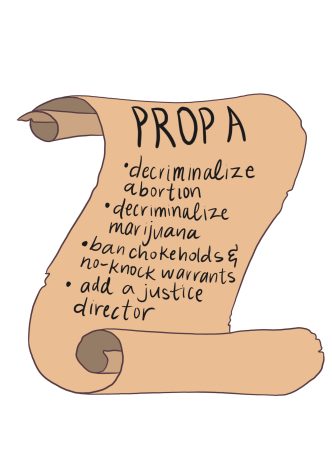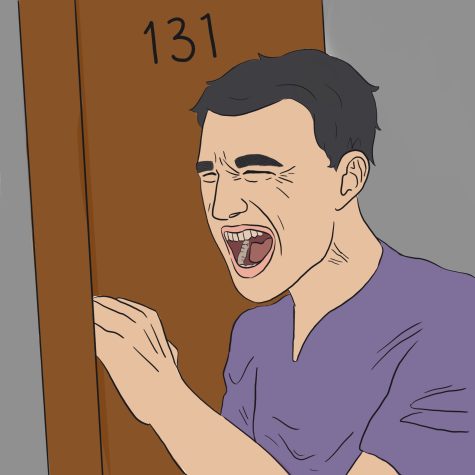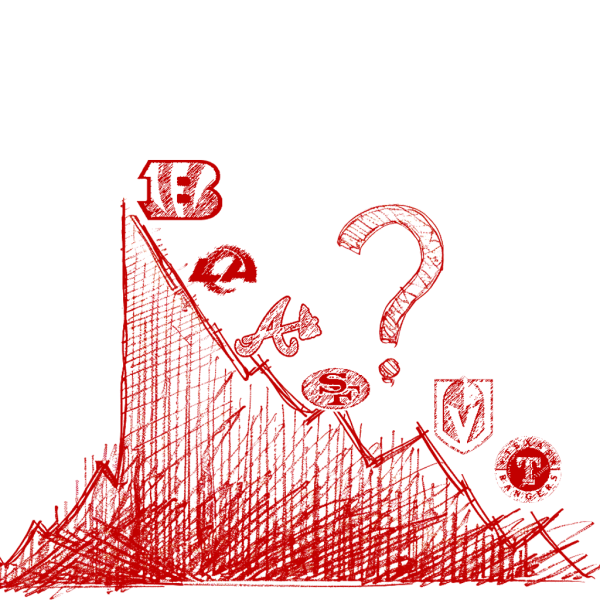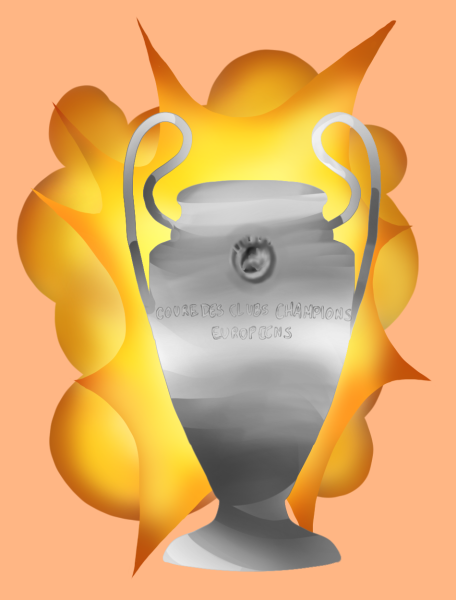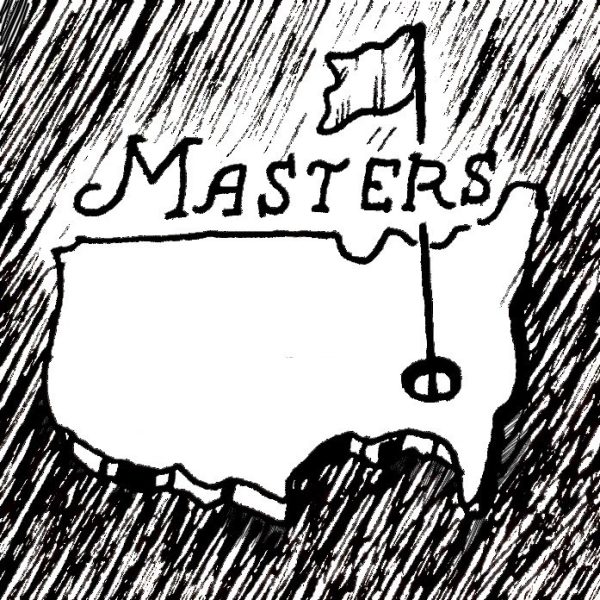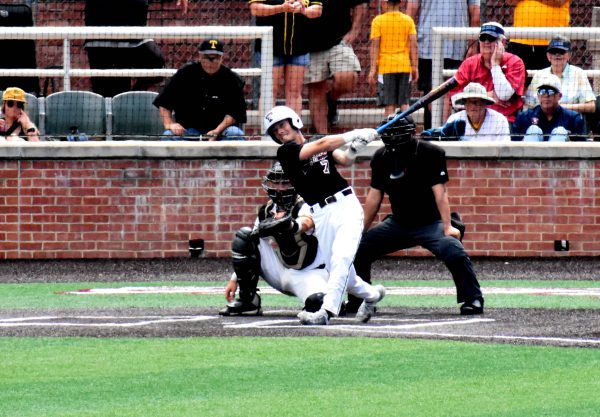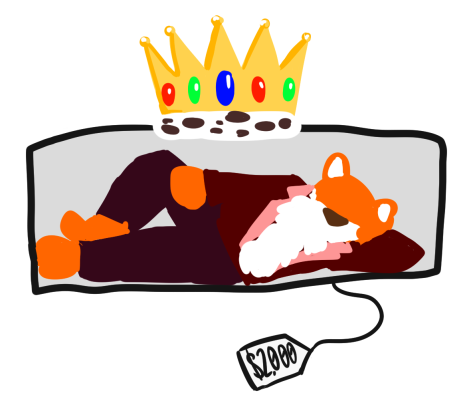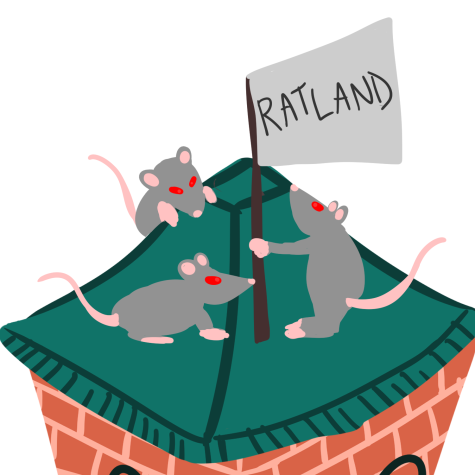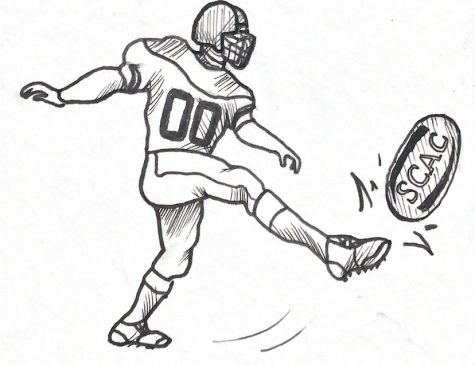Tennis, how does it work?
Everyone knows the tennis greats like Naomi Osaka and Serena Williams, but what are they doing on the court anyway? How does tennis work? Below you’ll find a guide to make sure you know what’s happening on and off the court.
What’s in and what’s out?
Well, it depends. If you’re playing doubles (2v2), anything that lands within the court, including those two long strips on either side known as the “doubles alleys,” is in. If you’re playing singles (1v1), everything within the court except for the doubles alleys counts. So basically, you’ll have to pretend the doubles alleys aren’t there if you’re playing a singles match. Remember, anything that touches the line is in, though sometimes it can be difficult to call.
How many times can the ball bounce?
Just once. If it bounces twice, you lose the point. You are also allowed to hit the ball while it’s in the air, but that should only be done if you absolutely have to. When the balls don’t bounce, they are coming at a much faster velocity which can make for an awful return on your part. So if you can, let the ball bounce once, then swing.
How do I hit?
If you’re just starting out, you should at least know the three basic forms and swings: serve, forehand and backhand.
You only use your serve if it’s your turn to serve! Otherwise, you’ll most likely be hitting a forehand or backhand. If you’re right handed, a forehand is hitting the ball with the racket on your right hand, using one arm only. A backhand requires hitting the ball with your left hand, for this one you use two hands to complete your swing, but you may see some people use one (though it’s rare).
To hit a forehand or backhand, make sure that when the ball bounces once, you swing your racket back and bring it forward, making sure to get under the ball. Once the ball makes contact with your racket, finish the swing by bringing your racket up to your shoulder. So basically: prepare to hit by drawing your racket back, then bring it forward making sure to get under the ball, move your racket up and then close up the swing by bringing the racket to your shoulder.
Where do I serve?
You know those four little boxes next to the net on the tennis court (otherwise known as service boxes)? You’ll have to serve into those boxes, but depending on the score, where you serve changes. If you’re serving, you always start off on the right side of the court at the beginning of the match. After each point, you move left, right, left, right to serve until the match is over.
To serve, stand behind the white line and throw the ball up in the air to hit it. Only when the ball has made contact with your racket can you proceed to move into the court and get ready to return the ball. You always serve into the diagonal box on the other side of the net. If you don’t get your first serve into the service box, you have one more try to get it in before you lose the point.
How do I keep score?
This one can be confusing, but it’s easy once you’ve got it down. The score goes 15, 30, 40 (not 45, many people make this mistake), match. Let’s say you win the first point of a game you’re serving in. Because you’re serving, you say your score first, then the other person’s. So in this case, the score would be 15/0. Remember, you don’t actually say “Fifteen/zero.” In tennis, 0 is known as love. So when you say 15/0 out loud, it would sound like “Fifteen/love.”
Now let’s say you lost the second point, then your score would be 15/15 or 15 all. If you’re tied, you always say the score and then follow it up with “all.” So, 15 all, 30 all, and 40 all are your options. What happens when you reach 40 all and one of you wins the point? Do you automatically win the game? Nope. Because you are tied, there’s now the added element of the advantage point.
So you’re about to serve and the score is 40 all. You serve your first ball, out. You serve your second ball, also out. You’ve lost the point, but you haven’t lost the game. Now the score is 40/advantage, meaning that if the other person wins the next point, they win the match. If you win the point, the score goes back to 40 all. In order for someone to win the match, they’ll have to win two consecutive points, or you’ll be stuck going back and forth between advantage point and 40 all.
How do I win it all?
Game, set and match. Game refers to the 15, 30, 40, bit. When you have 40 points and you win the point again, you’ve won the game! But unlike other sports, this doesn’t mean you won everything. You have to win at least 3 games to win the set. A match typically consists of two sets. So if you want to win it all, you’ll have to win a few games until you win the first set, then you can start your second set. If you end up in a set tie, you’ll have to go into another set and break the tie. Then whoever wins that wins the match! So remember: game, set and match. Three very important words in the game of tennis.

I'm a senior Computer Science major and a Classical Studies minor from Newton, North Carolina with a passion for art. I also work at the Center for Experiential...




